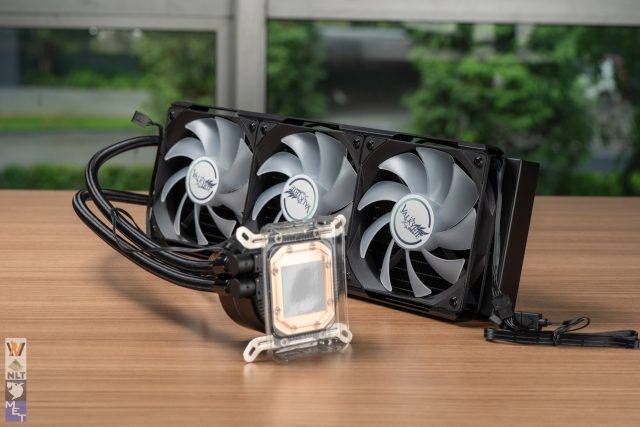Streaming services have been the go-to place for movie lovers and people who love watching various content. Even though most streaming services have their content restricted to one particular location, people have been using services like VPN and bypassing the content. A VPN also hides your IP address and protects your data from third parties.
But many of us still don’t know how to access streaming services safely using a VPN. If you want to know how then kindly stick with us till the end. We will let you know!
Common Issues Users Might Face While Using VPNs for Streaming
1. Slow Speeds
Slow speeds are one of the most common issues people face when using a VPN. This is because VPN encrypts your traffic and channels it through a secure server which slows down the speed.
However, most of the top VPN service providers offer fast speeds that are quite sufficient for streaming high-definition videos.
2. Buffering
This is another common issue users face when streaming content. You usually see buffering when a streaming service can’t handle the demand for data. And when you use VPN, things get worse especially if you are using a server far away from your location.
3. Connection Problems
Sometimes, you might face some connection issues when using a VPN. This can be because of various reasons like internet connection issues or VPN server issues. So if you face these kinds of issues, try to restart your VPN app or try switching to a different server.
Selecting the Right VPN for Secure Streaming
You might get confused about choosing the right VPN because there are so many options including both paid and free versions. Before you choose the best free VPN for yourself or the paid one, here are some key features you should consider.
1. Speed and Reliability
When streaming content, make sure your internet speed is fast so there’s no lagging or buffering. Pick a VPN that offers fast speeds and a reliable connection. Make sure you find a VPN provider with a big server network.
2. Server Locations
If you want to bypass content from a particular country, choose a VPN provider with servers there. For example, to watch US Netflix, you need a maximum number of servers in the U.S. Having more servers gives you an edge.
3. No-logs Policy
A no-logs policy means the VPN provider you choose shouldn’t have any records related to your online activity. This is crucial to protect your privacy.
Now that we have understood how to choose a VPN provider, let us compare the most popular VPN providers and see who comes out on top.
Comparison of Popular VPNs
| VPN Provider | Speed (Mbps) | Encryption | Server Locations |
| ExpressVPN | 78.8 | AES 256-bit | 94 Countries |
| NordVPN | 74.2 | AES 256-bit | 60 Countries |
| Surfshark | 73.1 | AES 256-bit | 95 Countries |
| CyberGhost | 72.9 | AES 256-bit | 91 Countries |
| ProtonVPN | 72.8 | AES 256-bit | 63 Countries |
As you can see in the above table, even though all these VPN providers offer good speeds, encryption, and server locations, there are a few differences. For instance, if you look at ExpressVPN it offers the best speeds when compared to the rest but Surfshark has the most server locations.
So, if you are someone who has an Amazon Fire TV streaming device and wants to watch content in HD, then opt for ExpressVPN as it allows the best speeds amongst others. Similarly, if you love streaming different kinds of content from various locations, then ideally you can use Surfshark VPN on Fire TV as it allows the maximum server locations which lets you watch country specific content with ease.
6 Crucial Factors to Consider When Accessing Streaming Services Using a VPN
1. Choose a Reliable VPN Provider
You will find a lot of VPN providers in the market with their own set of pros and cons. But it is very important to choose the one that is reliable and with a good reputation. It has to provide strong security and perform well regardless of whether you are looking for the best free VPN or the paid VPN. So, look for a VPN that offers the features mentioned below.
- Strong encryption
- Various server location options
- A fast and reliable network
- No-logs policy
- Decent customer support
2. Install and Configure the VPN
Download the VPN application that is compatible with your device and operating system. Later, follow the installation instructions provided by the VPN provider and configure the settings according to your likes and preferences.
3. Connect to a Secure Server
Launch the VPN application and connect to a server that lets you access the content that you want to watch. Make sure to switch to a server that offers reliable protection and doesn’t drop the internet speed while streaming.
4. Authenticate and Access the Streaming Service
Open the web browser or the streaming platform where you want to stream and log in using your credentials. Make sure your VPN connection is stable and active before you start streaming the content.
5. Verify Encryption and Safety Measures
Confirm whether the VPN that you are using is protecting your data from potential cyber threats and is shielding your internet traffic. For this, you have online tools through which you can make sure whether the VPN is effectively working throughout your streaming session.
6. Monitoring and Maintaining the VPN Connection
Regularly check your VPN connection so that it’s stable and secures your connection. Make sure there aren’t any leaks or interruptions.
The Bottom Line
Eventually, you need to be sure of the factors that will affect your streaming experience using a VPN. If you manage to choose a VPN provider that provides good security in terms of data encryption, then you are good to go.
Ultimately, it’s the streaming experience and the sense of security during streaming is what matters the most.










